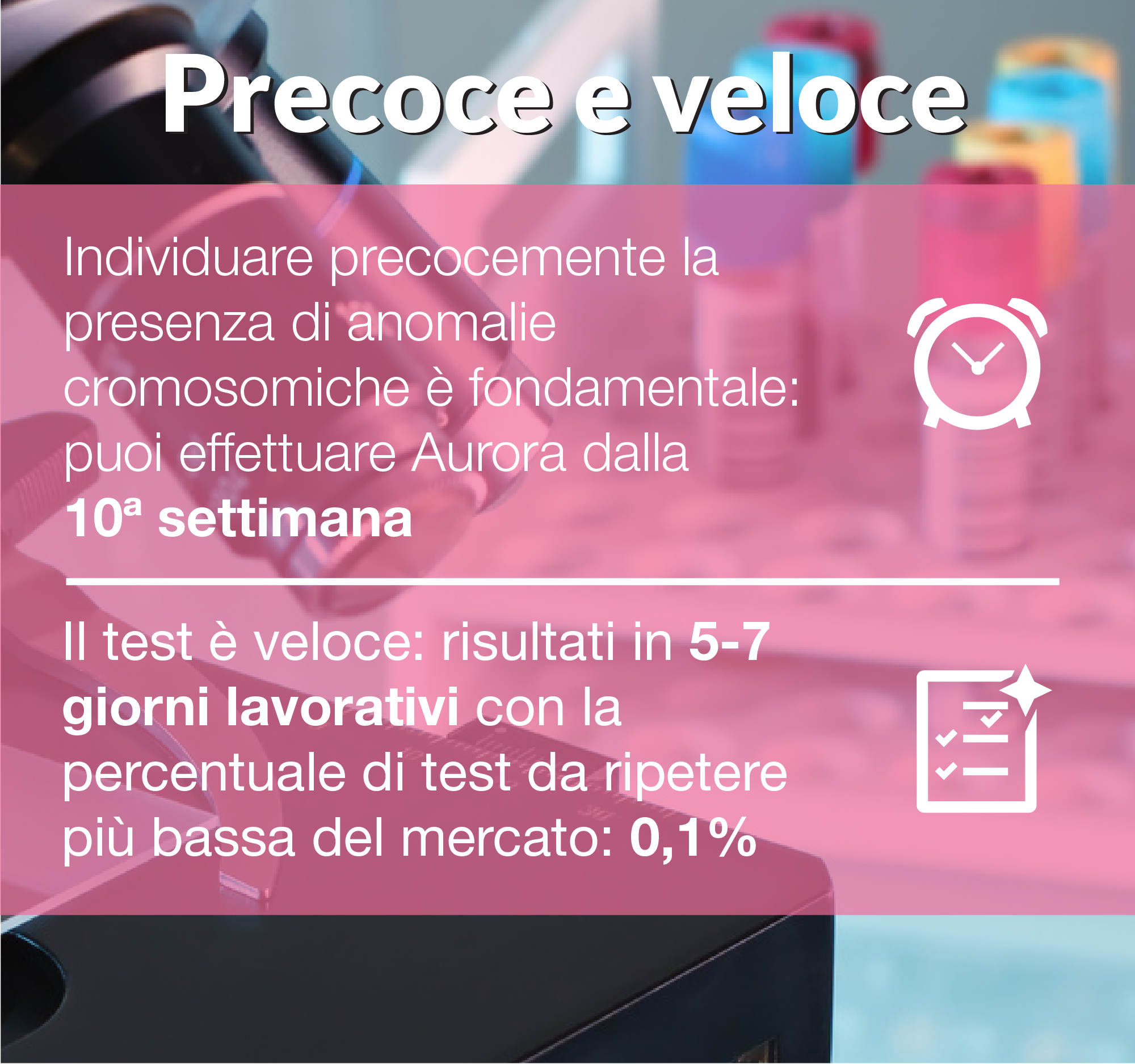The two most common subtypes of bipolar disorder - bipolar I and bipolar II - have different genetic causes. This is what emerges from a study by Dr. Jie Song, from the Karolinska Institutet. Despite the genetic overlap between the two subtypes, each of these tends to be grouped into families. This suggests a distinction between bipolar I and II.
The new study emphasizes the different genetic origins of the two disorders. The opinion of Dr. Song therefore stands in opposition to the common opinion. According to most doctors, in fact, bipolar II disorder would be only a milder form of bipolar I disorder.
Dr. Song analyzed the occurrence of each subtype within Swedish families. He found that the occurrence of both subtypes in the same family is rare. The occurrence of only one subtype in a single family occurs much more often. This suggests that the genetic causes of the two forms of the disease are only partly equal.
The study provides evidence of a different genetic root of the two diseases. Only bipolar disorder II showed gender differences. In this there is a clear prevalence of female patients, a phenomenon that does not occur in bipolar disorder I. Furthermore, bipolar I disorder is much more present in the family with a history of schizophrenia, which is not true for type II.
The findings will help research on this and other psychiatric illnesses. The distinction between the two subtypes also has repercussions on treatment strategies for patients.
Source: elsevier.com



















